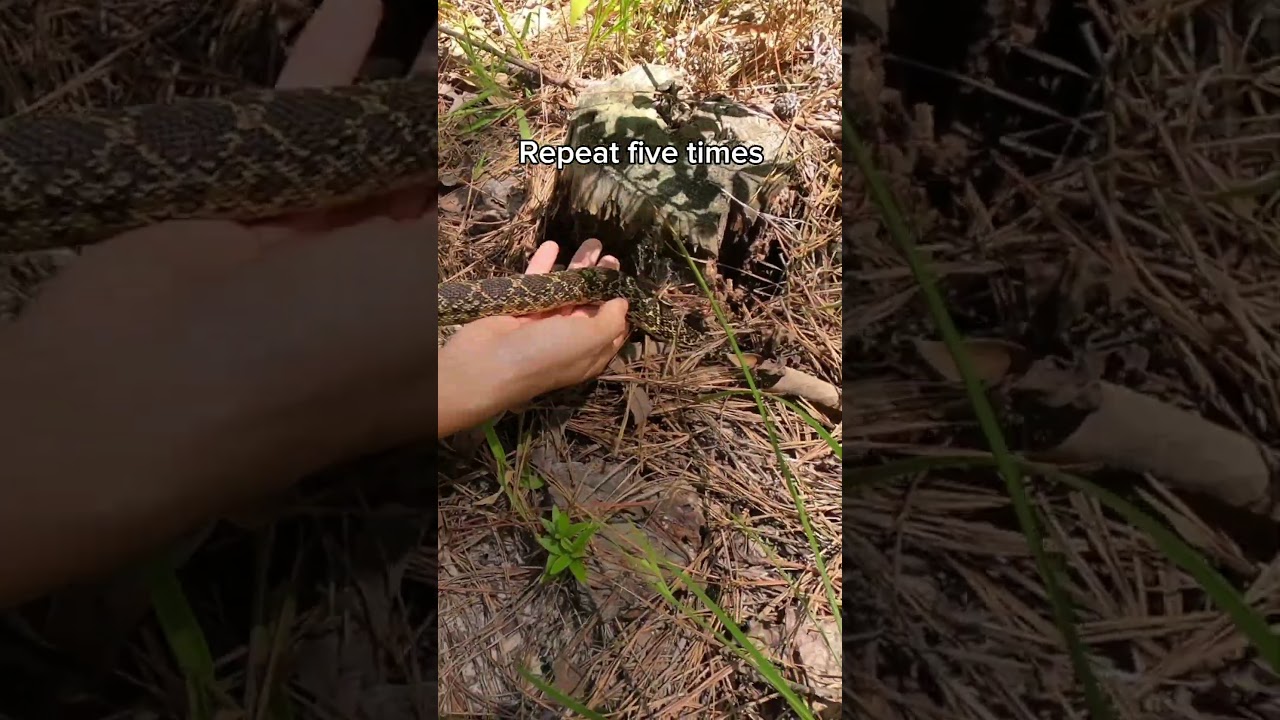- Understanding the Biology and Ecology of the Louisiana Pine Snake
- Significance of Louisiana Pine Snake Release Programs
- Role of Zoos and Conservation Organizations
- Collaborative Efforts and Success Stories in Snake Reintroduction
- Challenges and Future Prospects for Louisiana Pine Snake Conservation
Louisiana Pine Snakes (Pituophis ruthveni) inhabit a unique ecological niche within the longleaf pine forests of western Louisiana and eastern Texas. Standing as one of the rarest snakes in the United States, their biology and ecology are of significant interest to herpetologists and conservationists alike. This non-venomous species primarily dwells in sandy, well-drained soils where it constructs underground burrows for shelter and hunting. These burrows are often shared with Baird’s pocket gophers, a primary prey item, creating a symbiotic relationship crucial for understanding their habitat needs.
The Louisiana Pine Snake’s diet predominantly consists of pocket gophers. Its physical adaptations, such as a robust body and smooth scales, facilitate efficient movement through sandy substrates. Additionally, these snakes exhibit a reproductive cycle synchronized with seasonal prey availability, generally breeding in spring and summer. Understanding these specifics helps illustrate why their habitat is so critical to sustaining viable populations.
Conservation efforts for the Louisiana Pine Snake have intensified due to their alarming decline, attributed to habitat loss and fragmentation. Longleaf pine forests, where these snakes thrive, have been extensively logged and converted to other land uses. Consequently, the Louisiana Pine Snake release programs have emerged as a critical component of their conservation strategy. These initiatives aim to bolster wild populations by reintroducing captive-bred individuals into suitable habitats.
Releasing captive-bred snakes back into the wild is not just about increasing numbers but also ensuring genetic diversity and promoting natural behaviors. By carefully monitoring these released individuals, scientists gather invaluable data on their survival, movements, and adaptation to the wild. This information, in turn, informs future release strategies, aiming to maximize the success rates.
Zoos and conservation organizations play a pivotal role in the effort to save the Louisiana Pine Snake. Institutions such as the Audubon Zoo and the Fort Worth Zoo have developed specialized breeding programs. These programs focus on producing healthy, genetically diverse offspring that are suitable for release. The collaborative frameworks between these institutions and governmental agencies like the U.S. Fish and Wildlife Service ensure comprehensive action plans that include habitat restoration, public education, and direct conservation interventions.
Breeding programs start with selecting genetically compatible pairs to produce offspring. Careful attention is given to simulating natural conditions to promote breeding, which includes mimicking seasonal cycles and providing an appropriate diet. Once hatched, the juvenile snakes are raised in controlled environments where they can develop survival skills before being released.
One of the key success stories in Louisiana Pine Snake conservation comes from the collaboration between multiple organizations. The release of 31 Louisiana Pine Snakes into Kisatchie National Forest in 2020 marked a significant milestone. This event brought together expertise from various fields, including herpetology, genetics, and forest management, demonstrating the power of collaborative efforts in wildlife conservation.
Furthermore, telemetry studies have provided insights into the movement patterns and survival rates of released snakes. By attaching radio transmitters to these snakes, researchers can track their locations and behaviors over time. This data has revealed that released snakes can establish home ranges and exhibit natural behaviors, proving the efficacy of these reintroduction efforts.
Despite the progress, Louisiana Pine Snake conservation faces several challenges. The foremost issue remains habitat degradation. Longleaf pine forests are still being lost at an alarming rate due to urbanization, agricultural expansion, and unsustainable logging practices. Protecting and restoring these ecosystems is vital for the species’ long-term survival.
Another challenge is ensuring the released snakes integrate and thrive in their natural habitat. This is complicated by the species’ specific ecological requirements and the potential for human-wildlife conflicts. For instance, prescribed burns, necessary for maintaining longleaf pine ecosystems, must be carefully managed to avoid harming the snakes.
Public education and community involvement are crucial for overcoming these hurdles. Raising awareness about the Louisiana Pine Snake and the importance of conserving its habitat can garner support for conservation initiatives. Community-based programs that involve local stakeholders, such as landowners and forestry professionals, can promote sustainable land-use practices that benefit both wildlife and human communities.
Looking ahead, the future prospects for Louisiana Pine Snake conservation hinge on sustained efforts and adaptive management strategies. Continuous research into their biology and ecology will provide the foundation for informed decision-making. Fostering partnerships between conservation organizations, governmental agencies, and local communities will ensure a unified approach to conserving this rare species.
Innovative conservation strategies, such as habitat corridors and genetic rescue, could also play a role in the snake’s recovery. Creating corridors that connect fragmented habitats can facilitate gene flow and movement, which are critical for maintaining healthy populations. Genetic rescue initiatives, which involve introducing individuals from more genetically diverse populations, could help mitigate inbreeding and enhance resilience.
Moreover, advancements in technology, such as remote sensing and environmental DNA (eDNA), offer new tools for monitoring and managing wild populations. Remote sensing can track habitat changes and inform conservation planning, while eDNA can detect the presence of Louisiana Pine Snakes in various environments, providing a non-invasive method for assessing population distribution.
In summary, the Louisiana Pine Snake release programs signify a crucial step in safeguarding this endangered species. Through detailed understanding of their biology, collaborative efforts among conservationists, and innovative management practices, these programs aim to reverse the decline of this unique snake. By mitigating habitat degradation, promoting public awareness, and leveraging new technologies, we can contribute meaningfully to the preservation of the Louisiana Pine Snake and the ecosystems it inhabits.
*****
Source Description
On June 13, a team of conservationists from Audubon Zoo and the U.S. Forestry Service released six Louisiana pine snakes to the wild in the Kisatchie National Forest! This marks a huge conservation milestone, as Louisiana pine snakes are endangered and one of the rarest snakes in North America.


